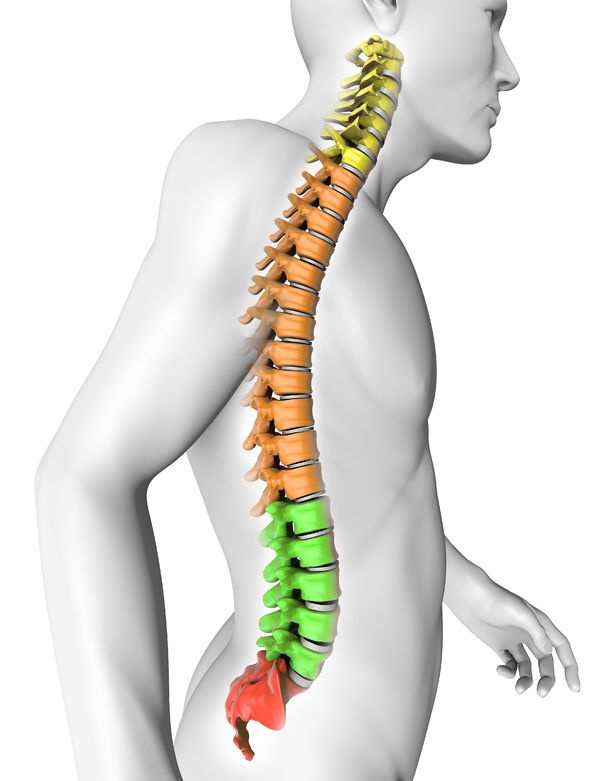
Neuro Spine Rahabilitation:
Panchakarma is the ultimate healing procedure for complete detoxification and purification of the body. Panchakarma involves various processes that strengthen the immune system, restoring balance and rejuvenates the body. Panchakarma procedure is recommended on a seasonal basis, to keep away all irregularities and impurities from the body.
In the modern era, dietary indiscretion and sedentary lifestyle along with various environmental and physiological factors, has brought in numerous lifestyle diseases affecting all age groups. Panchakarma involves procedures that cleanse the body by removing all accumulated toxins and impurities from deep levels and bring in balance and harmony of all doshas.
About
80% of us experience back pain of some kind during our lifetime. In the
majority of cases, pain occurs in the lumbar spine (the lower back), because
this is the area that bears the most weight, especially when moving, twisting,
and bending. Back sprains are
caused when ligaments—the tough bands of tissue that hold bones together—become
overstretched or torn. Back strains involve
a muscle and/or tendon. However, many times the source of the pain can't be
clearly defined. Sometimes the condition or injury that triggered the pain may
be healed, but the pain still persists.
A back sprain or strain can occur when you
lift too much weight, play a strenuous sport, or even bend or twist improperly
during the course of a regular day. Whether it’s a sprain or a strain, the
result is the same: Soft tissues become inflamed and cause pain, and often
muscle spasms, which can be quite debilitating to a person’s movement and
activities of daily living.
The pain may
be aching, burning, stabbing, tingling, sharp, or dull. It can last for a
couple of weeks, or go on for months, becoming chronic with more serious
implications.
There
are three types of muscles that support the spine: Extensors (back
and gluteal muscles), flexors (abdominal and iliopsoas muscles), and obliques
or rotators (side muscles). Through a complex system of nerves, muscle pain or
muscle stiffness may develop in the low back, which can restrict your range of
motion. Muscle spasms may affect your normal posture or inability to stand up
straight.
Diagnostic
testing (eg, MRI) is usually not required unless the pain doesn’t go away. Of
course, if pain and/or other symptoms suddenly or progressively worsen it’s
time to call your doctor. At that point, your doctor will want to rule out any
underlying causes of back pain like a disc injury or a pinched nerve. Your
doctor may order an X-ray, CT Scan, or an MRI to examine the vertebrae, joints,
spinal cord, and nerve roots. Early diagnosis and treatment may help prevent
acute pain from becoming chronic.
You may want
to crawl into bed! However, bed rest should be limited because, when prolonged,
it can lead to loss of muscle mass and strength. Your doctor may recommend a
nonsteroidal anti-inflammatory drug (NSAID), pain medication and/or physical
therapy (PT).
An organized
program of PT may include pelvic traction, gentle massage, ice and heat
therapy, electrical muscle stimulation, core strengthening and
stretching. Your doctor may prescribe a combination of two or more
treatments.
Since we spend
so many hours at work, many back injuries can occur at a desk, especially if
you sit at a computer for most of the day.
More than 90%
of patients completely recover from lumbar muscle sprain or strain within a
month. After that, heat and ice treatments are indicated as necessary to manage
flare-ups, along with an anti-inflammatory medication.
